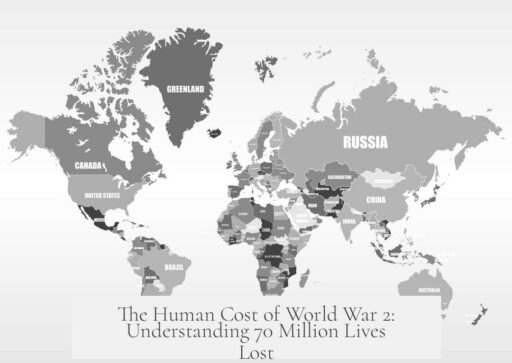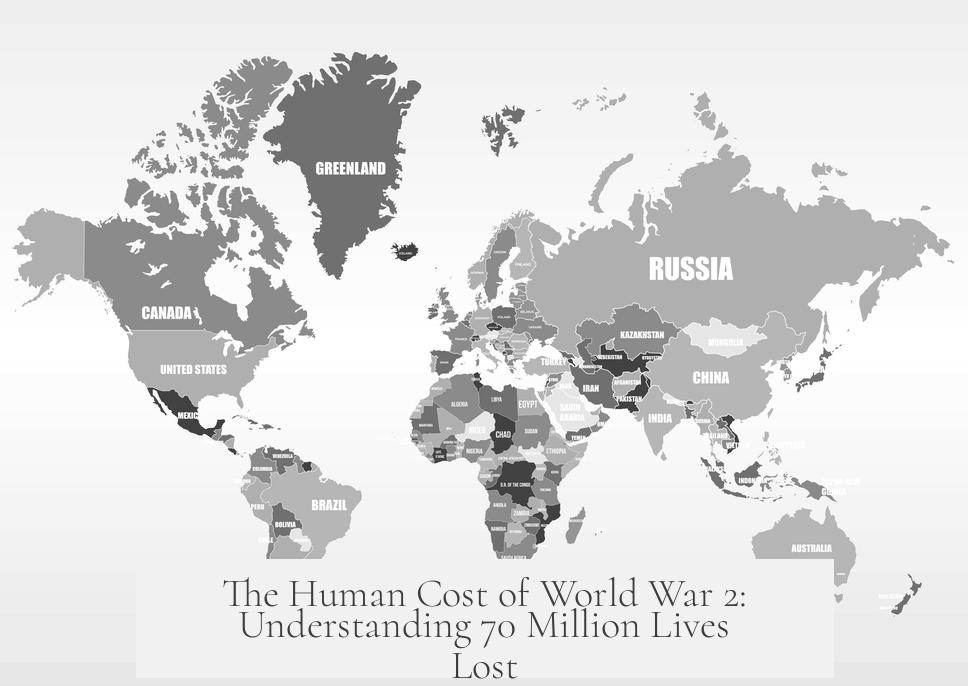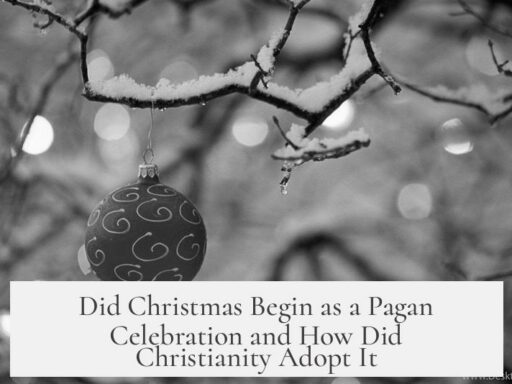Approximately 70 million people died in World War II, making it the deadliest conflict in human history. This vast loss includes both military personnel and civilians across multiple continents. The war’s global scale resulted in unprecedented suffering and destruction that deeply affected individuals, families, and entire nations. Analyzing the nature and impact of these deaths reveals the immense human cost and highlights the horrors war inflicted on soldiers and civilians alike.
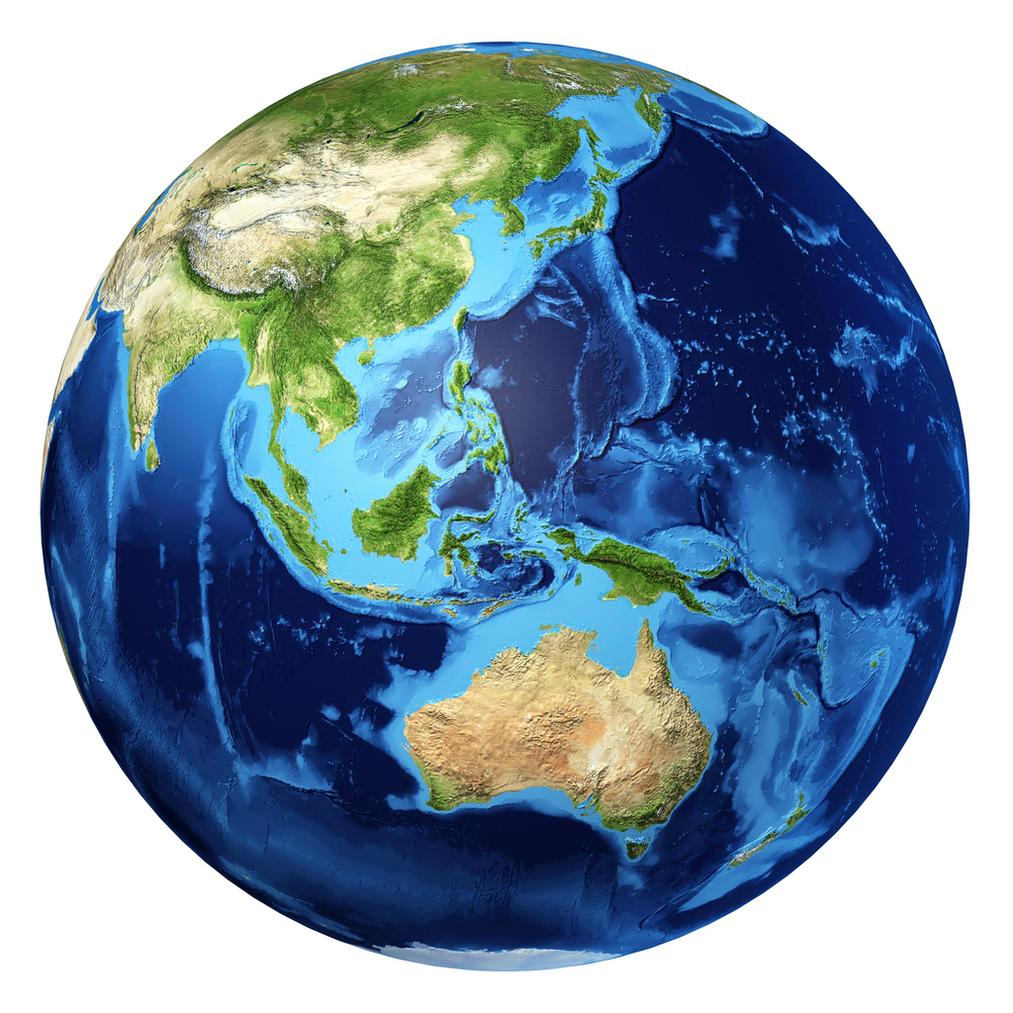
World War II’s death toll of around 70 million reflects combined military and civilian casualties. Most of these casualties were civilians who suffered from systematic mass killings, bombings, and atrocities. Genocidal campaigns like the Holocaust accounted for millions of Jewish lives lost. Other instances of civilian massacres included The Rape of Nanjing, where hundreds of thousands of Chinese civilians were brutally murdered or raped. The Eastern Front witnessed enormous loss of life as Axis and Soviet forces engaged in relentless battles amid harsh conditions and war crimes against non-combatants.
Civilian suffering extended beyond direct killings. Entire towns and cities faced carpet bombings and destructions reminiscent of ancient warfare horrors. The targeting of civilians was often ideologically driven, revealing a brutal disregard for non-combatant life. Such civilian losses underline a critical tragedy of World War II: innocent people endured violence and deprivation without choice or involvement. Their suffering remains a somber reminder of war’s indiscriminate toll on humanity.
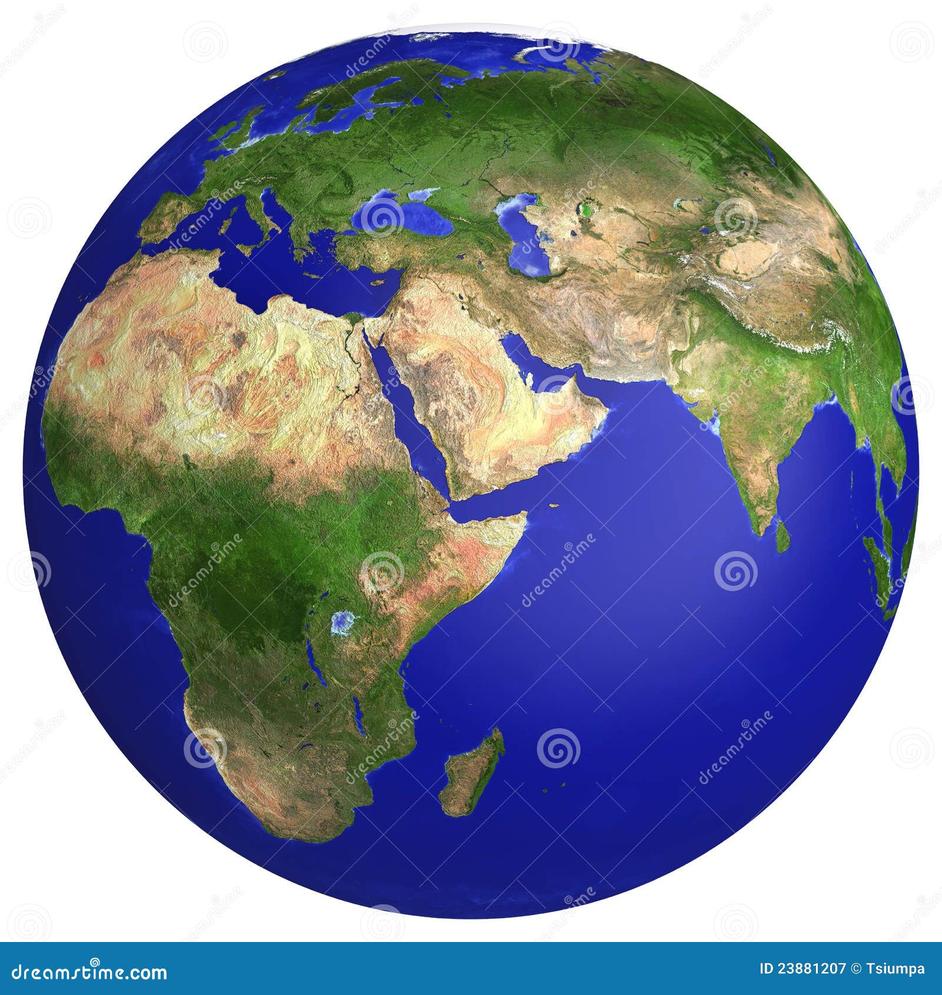
Soldiers also endured profound hardships and deadly risks. Armed forces on all sides faced brutal combat, poor conditions, and near-certain death, especially on the Eastern Front. Many soldiers fought with knowledge of their slim chances of survival but persisted in duty. Stories of Soviet pilots engaging superior enemy aircraft showcase the courage and desperation experienced in battle. Military personnel often endured mental and physical trauma, including war crimes committed within ranks or against them.
The war’s human cost also deeply impacted survivors and descendants. First-hand accounts from the WWII generation describe rationing, air raids, and loss of friends. Holocaust survivors and witnesses to atrocities carried lifelong scars. The psychological effects extended into old age, as some victims relived horrors like Auschwitz through dementia. Emotional memories persist in families and communities, conveying the continuing weight of World War II’s devastation on collective memory.
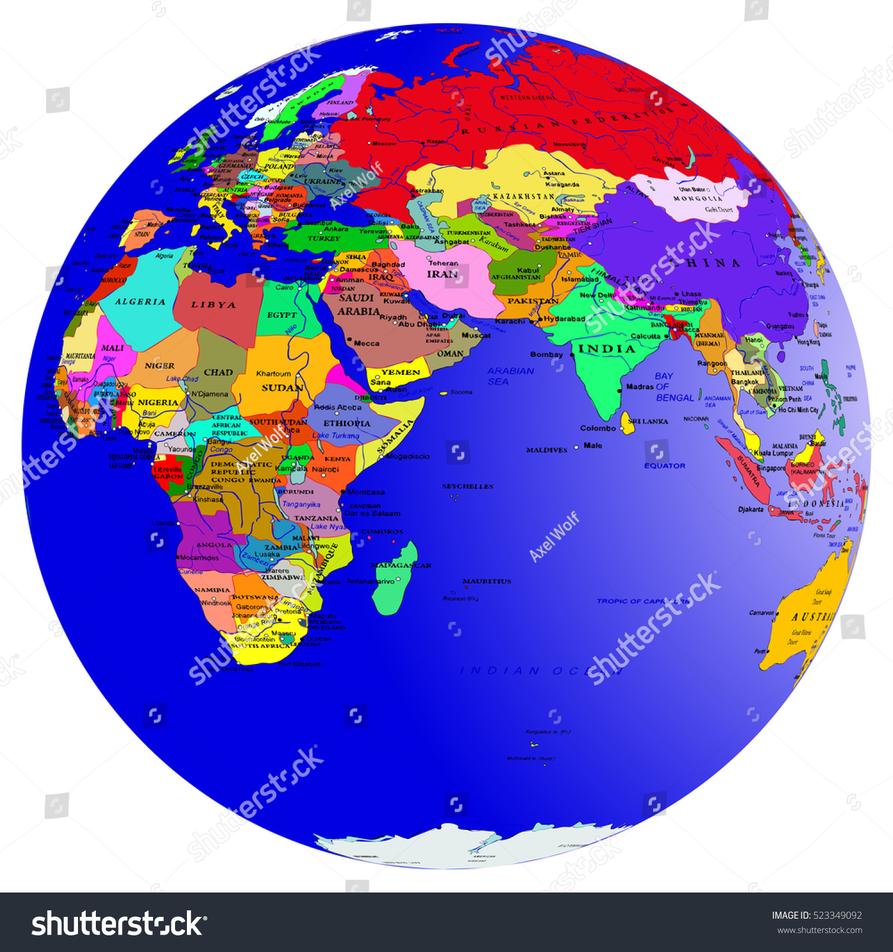
Commemorating these losses is crucial, yet societies sometimes neglect the suffering of enemy populations. For example, while American history often celebrates Allied military achievements, it sometimes overlooks the suffering inflicted upon civilians in Axis countries from bombing campaigns or occupation. Balanced remembrance helps recognize the universal human cost of war, beyond national narratives.
Despite its unparalleled death toll, World War II may only represent a fraction of human existence globally. Today, losing 70 million people would be under 1% of the world population, a testament to humanity’s growth but also a stark warning. The possibility of future massive conflicts remains, especially amid current global tensions and resource struggles intensified by climate change. Historical lessons from World War II highlight that failure to address core sources of conflict—such as food and water scarcity—could lead to further devastating wars.
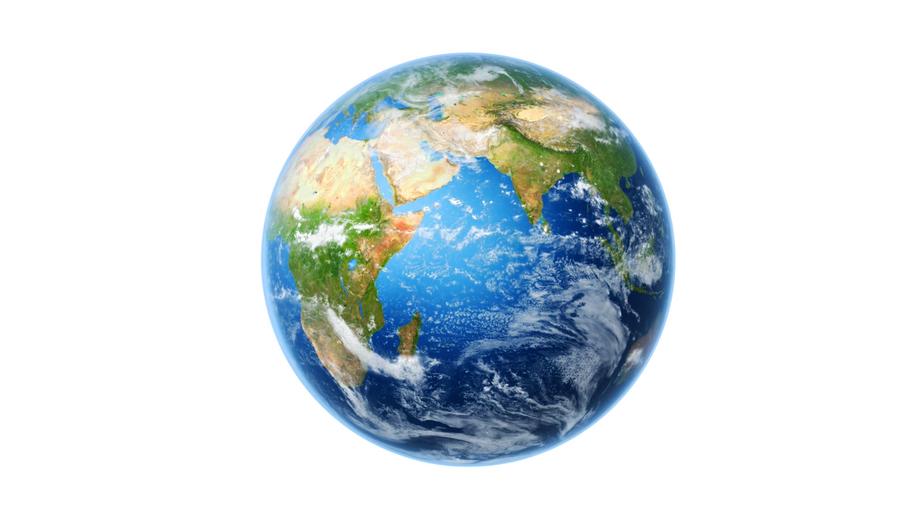
- World War II caused approximately 70 million deaths, combining military and civilian losses.
- Civilian casualties were notably high due to genocides, massacres, and bombing campaigns.
- Many soldiers faced near-certain death, showing extraordinary endurance and courage.
- The war left lasting psychological impacts on survivors and descendants.
- Recognition of all victims, including those from Axis countries, is important for balanced remembrance.
- Conflict drivers like resource scarcity and climate change pose risks for future large-scale wars.
Approximately 70 Million People Died in World War 2: A Deep Dive into the Human Cost
Approximately 70 million people died in World War 2. That number is more than a statistic; it’s a chilling reality, a grim shadow that still haunts our collective consciousness. It’s a horror that feels almost impossible to grasp — yet, here we are, grappling with the devastating scope of WWII’s cost to humanity. Why should we talk about it? Because understanding this immense loss helps us respect the sacrifices and hopefully avoid repeating those dark chapters.

The Mind-Boggling Scale of Death and Suffering
Seventy million lives lost over six years—that’s staggering. Imagine every city, town, and village in the world suddenly wiped out or suffering the aftermath. It’s a number that truly makes you think. How does a species survive that level of destruction? Here’s a surprising fact: even with such a tragic toll, the loss represented less than 1% of the global population at the time. Our human race is incredibly vast and resilient, but that resilience comes at a tragic cost.
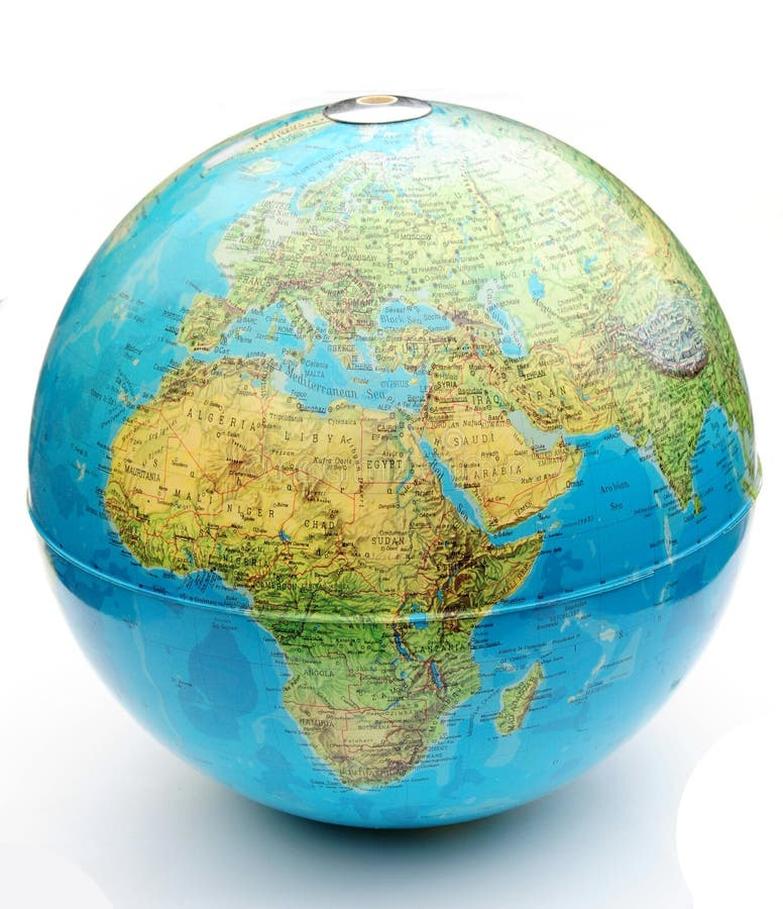
Still, the cold number doesn’t reflect the full human depth of the tragedy. Each life lost was a father, mother, child, or friend. Witnessing such devastation leaves a permanent scar on our species’ memory.
The Unthinkable Civilian Casualties
WWII wasn’t just a clash of armies; it was a catastrophe for innocent civilians caught in terrible crossfires. The death toll didn’t only consist of soldiers. In fact, most casualties were civilians. That’s a hard pill to swallow. Unlike soldiers who made a choice, civilians were often helpless victims — slaughtered, raped, or enslaved, depending on the battlefield.
Consider horrifying events like the Holocaust, where systematic genocide killed six million Jews. Or the Rape of Nanjing, where an estimated 250,000 Chinese civilians were massacred for simply offering refuge. These tragedies remind us how ideological hatred might blow up wars into uncontrollable horrors reminiscent of ancient barbarism.
The Axis-Soviet and Sino-Japanese conflicts showed us the cruelest face of humanity. Two monstrous regimes—the Nazis and the Soviets—unleashed unfathomable barbarism. It is almost impossible to reconcile the heroics of pilots or soldiers on either side with the brutal destruction left in their wake. For instance, American bombers who destroyed German factories also obliterated cities and innocent lives.
The Personal Impact: Stories That Hit Home
War isn’t just a distant fact from dusty history books. It lives through personal memories. People who grew up hearing stories from grandparents can feel the weight of these losses deeply. Grandparents pull out old photographs, pointing to faces that never returned from the war. Stories abound of rationing, bomb shelters, and bloody nights during the Blitz.
One heartbreaking example: a man suffering from Alzheimer’s, reliving Auschwitz in his final months—an agonizing echo of trauma. It’s a sharp reminder that war’s toll doesn’t end with the last shell fired; it lingers in minds and hearts.
Even today, stories about WWII can bring tears. The bravery of paratroopers who assassinated Nazi officials or the horrific details of Dresden’s bombing are so heavy they break listeners down. These personal accounts humanize the numbers and remind us that war’s devastation is more than just data.
The Soldier’s Reality: Not Just Heroes, but Victims of War
Soldiers on all sides faced a grim and brutal existence. Many were simply following orders, caught up in a demented system. Take the fighter pilots of the Soviet air force, flying outdated aircraft against lethal enemies. They knew the odds were against them—many accepted their deaths but kept fighting. Their stories reveal courage mixed with sheer horror.
Imagine playing WWII flight simulators, then realizing those ‘games’ reflect real death traps where pilots vanished every day. Thousands died because early Soviet planes were no match for German fighters. For those soldiers, bravery wasn’t a choice, it was survival and duty in the face of almost certain death.
Lessons and Risks for the Future
Here’s a sobering thought: humanity hasn’t evolved much since WWII. It might sound bleak, but war on a massive scale can happen again. Why? Because the core reasons for conflict—food, water, and resources—are still triggers. Now, climate change threatens these essentials, potentially stirring up new conflicts.
If we forget WWII’s horrors, we risk repeating them. This history isn’t just about mourning losses; it’s about learning to avoid future global calamities. Will we remember the lessons when tensions rise? Or will the world unthinkably plunge back into mass suffering?
Conclusion: Why 70 Million Deaths Matter Today
So, what does approximately 70 million deaths in WWII teach us? It reminds us to value peace and humanity over hatred and conflict. It means honoring those lost by recognizing the full extent of war’s impact — on soldiers, civilians, and future generations. It’s more than a number; it’s a solemn warning.
Every story, every life lost, adds a thread to the tapestry of history that we must never unravel carelessly. Distance yourself from the scale and focus on the individual pain. Because, behind every statistic, there was a human being—hoping, dreaming, and ultimately taken too soon.
How did civilian deaths compare to military deaths in World War 2?
Civilian casualties were the majority in World War 2. Millions of non-combatants died due to bombings, massacres, and atrocities. Many civilians were targeted based on ideology or ethnicity, suffering what soldiers’ combat did not cause directly.
What were some of the major atrocities that caused mass civilian deaths?
The Holocaust, The Rape of Nanjing, and mass killings on the Eastern Front are key examples. Entire towns were destroyed, and people were raped, enslaved, or murdered. Such events represent the darkest chapters of the war.
How did soldiers cope with the extreme risks on the battlefield?
Many soldiers faced near-certain death, especially on the Eastern Front. Pilots and infantrymen knew survival odds were slim but continued fighting. Their persistence despite dangers defined much of the war’s harshness.
What lasting effects did World War 2 have on individuals and families?
Those who lived through the war often shared painful memories. Stories of rationing, bomb shelters, and lost friends persisted. The trauma affected later generations, with some still emotionally moved by these histories.
Is there a risk of a conflict as deadly as World War 2 happening again?
Yes. Human nature and unresolved global issues mean large-scale wars remain a possibility. Climate change may worsen resource shortages, increasing tensions around food and water supplies in the future.
